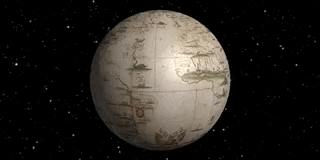The following tweet from a Vancouver radio station woud benefit from a map so I made one.
I don't know many of these neighborhoods and this may not be an original idea but I like it. I made the assumption that "West Van" is the municipality of West Vancouver, not the west side of the city. Upon further research it looks like the west side is called "Vancouver West" so I guess it's OK.
Interesting that no actual Simpsons show up in this tweet-that's some deep character mining!
The base map is from OpenStreetMap - I "artified" it a bit and lightened up the colors so the characters show up better. Unfortunately some of them came out pretty light. With more time I could make them pop a little more but I'm having a busy week. Another problem is the need to zoom way out to accommodate the eastern suburbs. Here is another version focused on the main parts of the city-because I want to see for myself what it looks like.
Agree?
— Z953 (@Z953VAN) November 29, 2017
I don't know many of these neighborhoods and this may not be an original idea but I like it. I made the assumption that "West Van" is the municipality of West Vancouver, not the west side of the city. Upon further research it looks like the west side is called "Vancouver West" so I guess it's OK.
Interesting that no actual Simpsons show up in this tweet-that's some deep character mining!
The base map is from OpenStreetMap - I "artified" it a bit and lightened up the colors so the characters show up better. Unfortunately some of them came out pretty light. With more time I could make them pop a little more but I'm having a busy week. Another problem is the need to zoom way out to accommodate the eastern suburbs. Here is another version focused on the main parts of the city-because I want to see for myself what it looks like.



























